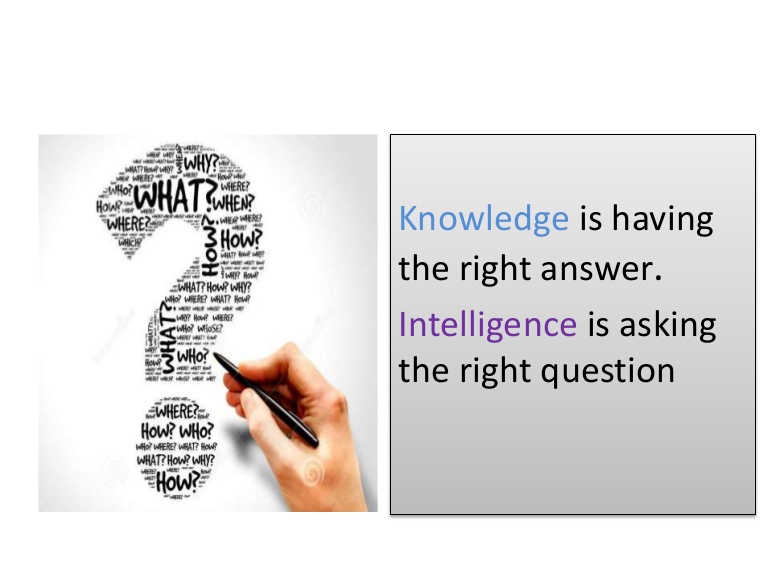(Article 13 in Sales Series)
In the two prior articles, I’ve been showcasing how a successful sales presentation is constructed. You want to be intentional about the amount of time you spend focusing on your products’ features, functions, and benefits. Remember to not spend too much time talking about what the service/product “is” and more time talking about what it “does” for the client. We reminded you about the average attention span and the importance of dividing your presentation into thirds.
Now you are wondering about how you should transition in between the three sections of your presentation. One of the main tactics in the overall buying strategy is to ask questions, engage the client, and determine what sort of mental roadblocks are coming up in their head.
Important Question: Would you rather find out about an objection at the end of the presentation when you are asking for the buying decision, or when you are discussing the features of your services?
You should fish for objections during your presentation. Be intentional; ask while the topic is fresh.
Remember: frustrated or confused clients will never buy. Take a breath in between your informational sections.
Stereotypical sales trainers will call these in-between section parts “trial closes” or “tie-downs” which again seems very much like the salesperson is doing something manipulative to the client. Words have meaning and your intentions matter as the client can sense your intentions like a poorly trained mind-reader. They don’t know exactly what you’re up to but they can tell it’s not good. Everyone has what I call an internal “BS-meter” that lets them know when someone is trying to pull their leg.
No matter how smart you think you are or how dumb you think the client is – they can tell. For that reason, let’s call these mini-recaps “Temperature Takers”.
I coach all of my business clients across the United States to respect potential clients when it comes to sales. There are two objectives you must accomplish before you ask for the buying decision to be made. The easy part is what gets most of the effort from sales teams. A client must have their intellectual needs met, meaning you must supply enough of the right and convincing information/data about the products/services you offer.
The hard part is you also must anticipate and meet their emotional needs to fuel a positive buying decision. It’s not enough that you are “right” about your facts. You must allow the client to gain a positive emotional state. i.e. They must feel good about the solution. This requires both high I.Q. and high E.Q.
So the tactics after each five-minute dose of data are to take their buying temperature with three question types:
- Do you see how that (feature) works (answer questions and discuss)?
- How do you feel that benefit could impact your business (answer questions and discuss)?
- Transition to the next section with a positive statement EX: “I think you’ll really like this next feature…”
Treat each segment of the presentation like a mini-sale event. Encourage the client to ask questions and express doubts as it’s a lot easier to handle them now vs. later when you are trying to wrap up the decision. You want the concerns to come out during the conversation.

Business owners and Entrepreneurs are invited to take my Free Online Assessment on the main page of the 7th Gear Website.
Other Articles of the Sales Series:










